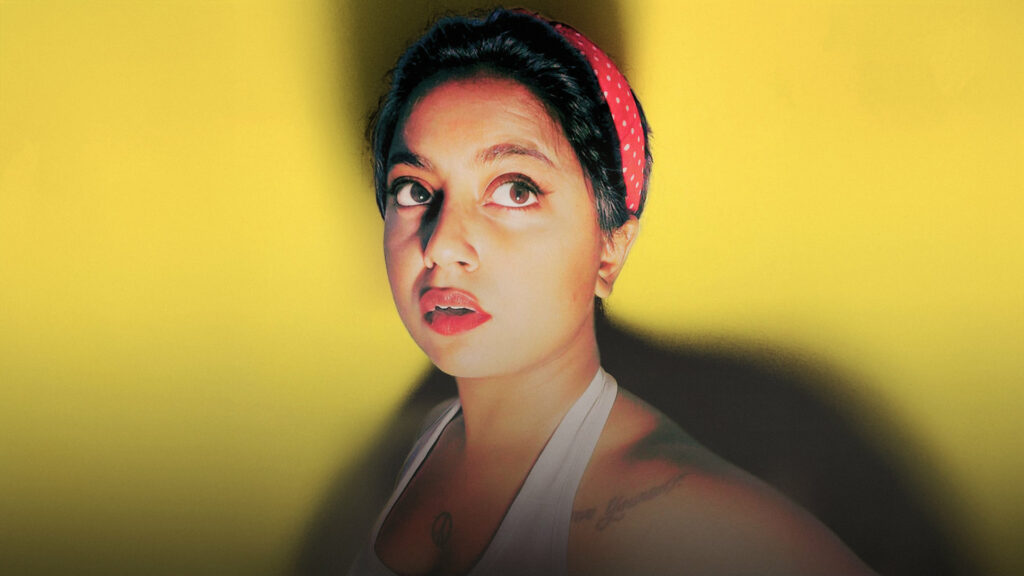In recent years, we have witnessed the shift from TikTok being a social media platform to the fastest and most influential pipeline of trends-making and social impact. One of the many ways this statement is supported is in the music industry, with artists and labels catering content primarily to the use and enjoyment of TikTok users.
What we are going to focus on today is the newly turned influential practice of ‘Sped Up’ tracks. It has become a common practice among artists to tailor songs to be specifically sped up in rhythm and shortened in length to adhere to the listener’s and users’ requests on the app. To give some factual understanding of how much attention and traction this phenomenon has been gathering, the hashtag #spedupsounds has gathered 23.0B views as of the first week of November.
The impact of this new production approach is outstanding. Artists themselves have been pleasantly surprised by how much attention their songs have been obtaining, both through streaming bumps and chart positions. For instance, UK artist Raye started her 2023 on top of the UK Number One Single Chart with her song ‘Escapism’ following the steady but impactful climb up made possible by the sped-up remixes of the track. The sped-up version now sees over 216 million streams on Spotify, for a combined 841 million with the original.
Another astonishing example is the rise in the charting of the 2011 hit by Miguel ‘Sure Thing’ who more than a decade later, has seen the original version of the track find its way back onto Billboard’s Hot R&B Songs’ Top 20 at #15.
This success, for many, is none other than another confirmation of how fast-paced trends are shaping our society and the way we consume social media and information. The demand for these specific types of tracks has been unprecedented in the past couple of years, having both artists and music companies bend and break to meet the audience’s expectations. To others, this represents a modern take or renewal on a music trend whose origins go back to the 2000s, named Nightcore.
The name derives from the Norwegian DJ and producing duo “Nightcore”, known for producing various versions of a preexisting song with a more speed-up and high-pitched sound than the original, which initiated practically a musical movement back in 2008.
The name is also associated with anime and otaku culture due to the high-pitched voice of some remixes reminiscing for a lot of people of characters’ voices, hence why various anime still shots are present in many YouTube compilations.
The more these projects were published, the more this ‘Nightcore’ genre shifted from being a subgenre to a full-blown trend, now made even more influential thanks to TikTok. Ever since then, producers online have been sharing their work through social media, managing to achieve a more significant online attraction and share than some actual official releases. In recent years, online producers managed to gain authorised recognition from big labels, seeing as some of their sped-up remixes were making as many numbers and streams as the original releases, almost ‘forcing’ big record labels to act on the momentum of the general attention. Music ever since we understood it, is all about riding on the high (or trend) of the moment. A remarkably recent example of this phenomenon is music producer ‘xxtristanxo’, with over 3.7 million followers on TikTok and nearly 2.6 million Spotify listeners. He signed multiple record labels with noteworthy music companies that decided to publish his remixes as ‘official versions’. One is an official remix of ‘Die For You’ with The Weeknd, released through his official label XO and Republic Records, which now holds over 24 million streams.
The more this type of music gets released, the more the audience demands it.
This phenomenon is a natural counter-reaction of the social climate where these projects get released. TikTok is a fast-paced app where people have a short span of attention to what they see and the way they consume information or entertainment. Another factor to keep in mind is the fact that apps like TikTok challenge creators to use sounds, trends and videos to their liking. Encouraging such an apologetic way of diving into someone’s creative side is extremely present in the media we consume.
It is only suitable for the music trends to follow up on those same steps of what is in demand. These remixed tracks are seen as a diverse and more engaging way to enjoy some of your favourite tracks, discover new ones or give another life to those already out there.
They encourage not only the audience but also the producers to toy with and give an entirely different take to familiar sounds to make them adhere to some of the social media requests.
Changing the pitch or tempo of a song is like giving them a new value.
Noticing how it can take a different feeling simply by changing its BPM, an upbeat song with deep lyrics can transform into an emotional and cathartic experience for the listeners. In the same way, a piece with a mellow sound picked up pace to create something exciting and engaging. It is all about engaging the listener and creating content worth watching, listening, streaming and sharing.
We are seeing artists release these Sped Up versions before or after the official single release to appeal to the audience and create buzz around it, giving the audiences ways to use the sound in more than simply a musical release. It is the new wave of making music for people to express themselves, for artists to reinvent their sound and for unexplored trends to keep on happening and changing our social and cultural landscape.
Next story


